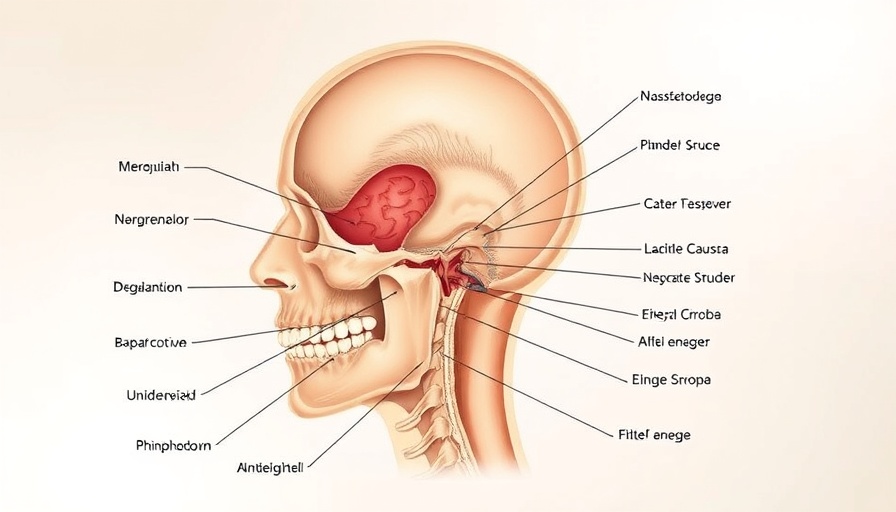
Revolutionizing Treatment for Advanced Nasopharyngeal Carcinoma
Recent research published by JAMA has revealed promising results regarding a toripalimab-based, cisplatin-free strategy for treating advanced nasopharyngeal carcinoma (NPC). This innovative approach could significantly change treatment paradigms, especially for patients adverse to traditional cisplatin regimens. NPC, a malignancy originating from the nasopharyngeal epithelium, has been a challenge for oncologists due to the aggressiveness of the cancer and the side effects associated with chemotherapeutics like cisplatin.
The Significance of a Cisplatin-Free Option
This new strategy is notable for its potential to reduce toxic side effects associated with cisplatin, such as nephrotoxicity, ototoxicity, and gastrointestinal disturbances. These side effects often discourage patients from completing their treatment regimens, leading to poorer outcomes. By implementing toripalimab, which has demonstrated efficacy as a monotherapy in various cancer subtypes, researchers aim to provide a more tolerable option for patients who are particularly vulnerable to the adverse effects of conventional chemotherapy.
Patient-Centered Care in Oncology
What makes this study particularly significant is its focus on patient needs. Many patients suffering from NPC experience a diminished quality of life due to the harshness of traditional treatments. With the introduction of a toripalimab-based regimen, the hope is that more patients can tolerate their treatment while maintaining a healthy lifestyle. This aligns with the broader trend towards patient-centered care in oncology, where a crucial focus is on improving the overall patient experience rather than merely extending survival rates.
Looking Ahead: Future Implications and Research
As research continues, this toripalimab strategy may foster a wide array of implications. Future studies could expand beyond NPC, exploring its efficacy in other cancers traditionally reliant on cisplatin. This can lead to the development of new standards for treatment protocols, potentially paving the way for similar immunotherapy strategies across various oncology fields.
Your Role as an Informed Patient
Knowledge and awareness are crucial components of patient agency in healthcare. For individuals grappling with cancer or supporting a loved one through their journey, grasping emerging treatments like the toripalimab-based strategy can empower informed decisions about care options. Engaging with healthcare providers, asking questions, and staying updated on new therapies can enhance your role in managing health outcomes.
Conclusion: The Future of Oncology Treatment
The introduction of a toripalimab-based, cisplatin-free strategy represents a hopeful step forward in the management of advanced nasopharyngeal carcinoma. As more research validates its efficacy and safety, we may witness a paradigm shift in how oncologists approach treatment for this challenging malignancy. It’s important for patients and caregivers to stay informed and advocate for options that best suit their health needs.
 Add Row
Add Row  Add
Add 




Write A Comment